Talk about a double whammy. With olive oil brands under mounting pressure to promote harder as the supermarkets lose share to the discounters, they’re also facing soaring costs after a poor 2014 olive harvest.
“There’s a real danger of the category becoming commoditised because of a manic focus on the discounters,” says Walter Zanre, MD of Filippo Berio UK. “Everyone’s looking at Aldi and I don’t think the retailers have a clear strategy. It’s all knee-jerk.”
But you can’t blame anyone for taking an interest in what the discounters are doing, especially in oils. Shoppers can pick up 750ml of extra virgin olive oil in Aldi for £1.50; 750ml of Napolina or Berio fetches about three times as much in the big four.
No wonder mainstream grocers are losing share of the oils market hand over fist. Zanre notes that Aldi’s olive oil volumes have increased by more than a quarter; Lidl’s by more than 40%. “We’re not represented in the discounters, so as customers switch we’re participating in a smaller market,” he adds.
Berio isn’t alone in feeling the heat. “Own label is growing in the discounters at 19% up and, while growing, brands represent only a 3.5% share of this channel,” says Paul Fraser, MD of MH Foods, which makes Frylight, the fastest-growing top 10 oil brand.
The spray oil brand’s growth can be attributed to a number of factors, including TV ads and a brand redesign. The replacement of 250ml units with a 190ml format earlier this year is significant, attracting shoppers by allowing the brand to hit a lower price point.
Which is vital in oils. Berio and Napolina’s value declines, while by no means small, are flattered by rises in average price over the past year; volumes for both brands are falling far more rapidly. In the past six months, brands have stepped up the deals. “We’re seeing a trend towards deeper price cuts and fewer multibuy promotions as the discounters increase their share and the major grocers look to be more competitive,” says Fraser.
Needless to say, brands are less than happy. Zanre suggests shoppers have been “conditioned” to expect low prices by aggressive promotions, while Neil Brownbill, marketing director at Napolina owner Edible Oils, says more work is needed in educating consumers about the true value of quality extra virgin oil. “Retailers need to work with brands to encourage shoppers to use different oils for different types of cooking,” he says.
Without better education and marketing investment, premium oils could see more shoppers switch to own label or cheaper types of oil, a pattern that’s helped fuel growth in Frylight’s sunflower and olive oil-based sprays and KTC’s vegetable and rapeseed oils.
Keeping olive oil prices down looks set to become more difficult in 2015. Raw olive oil prices have increased by 30% since May after hot spring weather effectively halved the olive harvest in Spain [International Olive Oil Council], the world’s largest producer of olives. Most expect costs to continue to rise.
If brands are forced to pass these cost rises on to consumers, the gulf between the supermarkets and discounters’ prices will widen. And if that happens, the discounters will turn up the heat in oils still more in 2015.
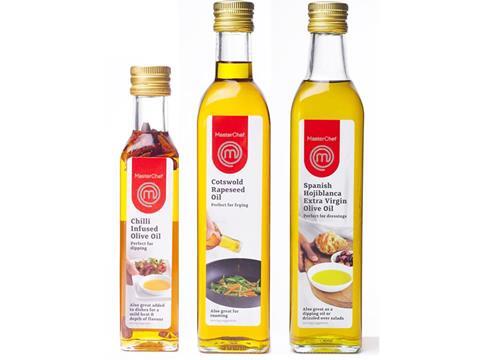
Top launch: Masterchef oils range All About Food
Everyone’s an aspiring Michel Roux Jr these days.
That’s the thinking behind licensed food specialist All About Food’s MasterChef range of oils.
The company hopes the popularity of the BBC talent show will rub off on the three-strong range (Spanish Hojiblanca extra virgin olive oil; Cotswold rapeseed oil; chilli-infused olive oil) and convince shoppers that some oils are worth paying more for.
A lot more: prices range from £3.99 for 250ml of chilli oil to £4.99 for 500ml of Hojiblanca.



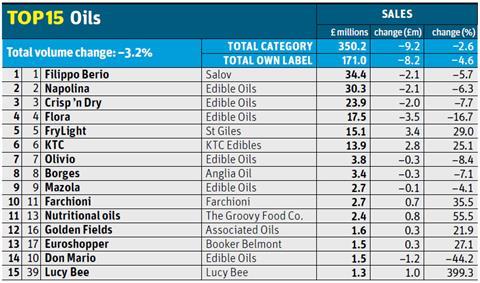

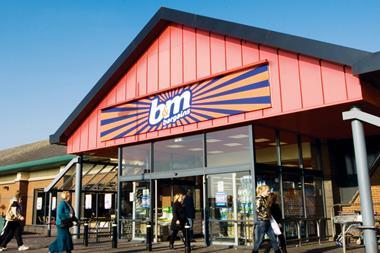



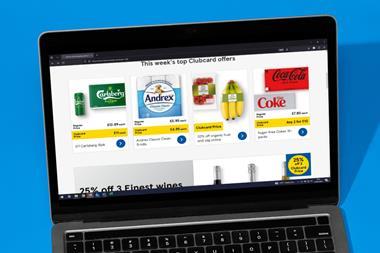
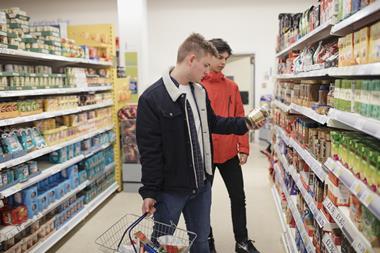
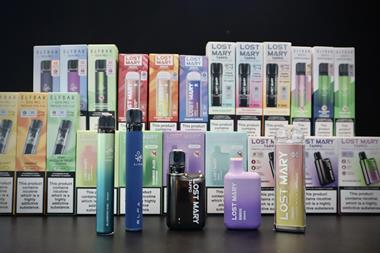
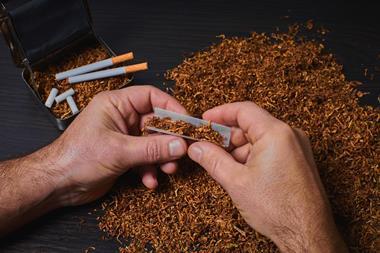

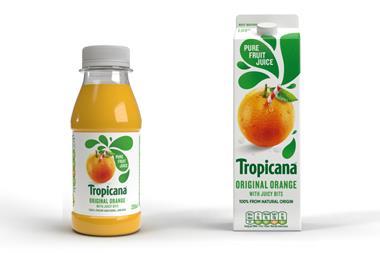

No comments yet